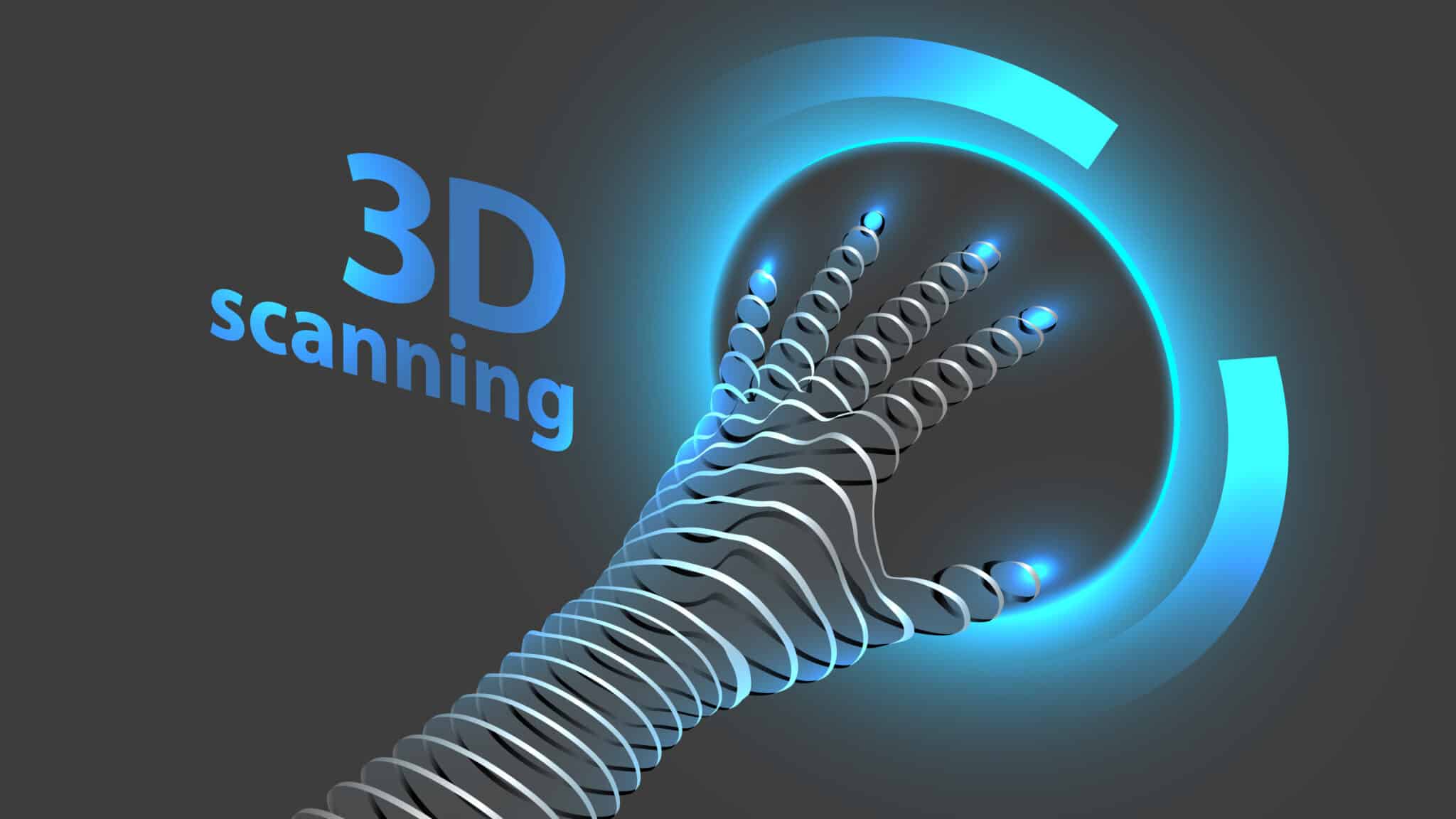Hey there! You know, I recently stumbled upon something pretty fascinating that I just had to share with you. It’s all about this amazing process of turning 3D scans into CAD models. Now, I know that might sound a bit technical at first, but stick with me—it’s actually a lot more interesting and relevant to our everyday lives than you might think.
Why It Matters
Picture this: you’re walking through a museum, admiring an ancient artifact, and suddenly you wonder how these intricate designs were captured and preserved digitally for everyone to explore. Well, that’s where 3D scanning and CAD (Computer-Aided Design) models come into play. This technology isn’t just reshaping museums; it’s revolutionizing various fields, from engineering and architecture to healthcare and fashion.
But why does this matter to us, the everyday folks? Well, let’s break it down. Imagine having the power to digitally recreate anything from a small trinket to a massive bridge, with pinpoint accuracy. This is not just about preserving history; it’s about innovation and accessibility. Plus, who wouldn’t want a digital replica of their favorite action figure?
The Magic of 3D Scanning
3D scanning is like capturing a photograph, but in three dimensions. It involves using lasers, light, or even X-rays to capture the shape and appearance of an object. It’s like waving a magic wand over something and having its digital twin appear right before your eyes. Pretty cool, right?
But here’s the thing: these scans are just the beginning. They’re raw data, full of potential but not quite ready for prime time. That’s where CAD models come in. It’s like taking a rough sketch and turning it into a detailed blueprint. And the best part? You can tweak, modify, and perfect every little detail with CAD, turning creativity into precision.
The Seamless Transition

Turning those 3D scans into CAD models is where the real artistry happens. It’s a bit like baking a cake—starting with raw ingredients (the scan data) and transforming them into something beautiful and practical (the CAD model). How does this magic happen? Let’s break it down:
- Data Processing: First, the scan data is cleaned up. Imagine clearing up noise or errors just like we edit photos to remove blemishes.
- Modeling: This is where the transformation takes place. The scanned data is used to create a digital model that’s both accurate and editable.
- Refinement: Like a sculptor refining a statue, the CAD model is fine-tuned until it meets all the specified requirements and looks just right.
Each step is crucial, ensuring that the final model is not just a replica but a fully functional design ready to be used in manufacturing, construction, or whatever field it’s intended for.
Personal Insights
I remember the first time I saw a 3D scan being transformed into a CAD model. It was a small, intricate sculpture of a bird. Watching the artist refine every feather, bringing the digital model to life, was like witnessing a modern-day Michelangelo at work. It struck me how this technology isn’t just about engineering; it’s about art and creativity, too.
And here’s a funny thought: I once joked with a friend that if only my cooking skills were as precise as CAD modeling, I’d be a Michelin-star chef by now! But in all seriousness, the precision and possibilities that this technology offers are truly mind-blowing.
Why It’s Worth Paying Attention

So, why should you care about this? Well, imagine a future where you can customize products to your exact specifications, design your own furniture, or even have a digital backup of your most treasured possessions. It’s not just about industry giants; it’s about empowering individuals like us to create, innovate, and personalize the world around us.
Plus, with the rise of 3D printing, these digital models can often be brought to life in the physical world. It’s like having a genie that turns your digital wishes into tangible reality. How cool is that?
Wrapping It Up
As we wrap up this little chat, I hope you’re as intrigued as I am by the potential of turning 3D scans into CAD models. It’s a field that’s constantly evolving, pushing the boundaries of what’s possible. And who knows? Maybe one day you’ll find yourself diving into this world, creating your own digital masterpieces.
So next time you see a 3D-printed object, or hear about a new product launch, take a moment to appreciate the incredible journey from pixels to precision that made it possible. And hey, if you ever want to team up to recreate that favorite action figure of yours, you know where to find me!
Until next time, keep dreaming big and remember: the future is just a scan away!